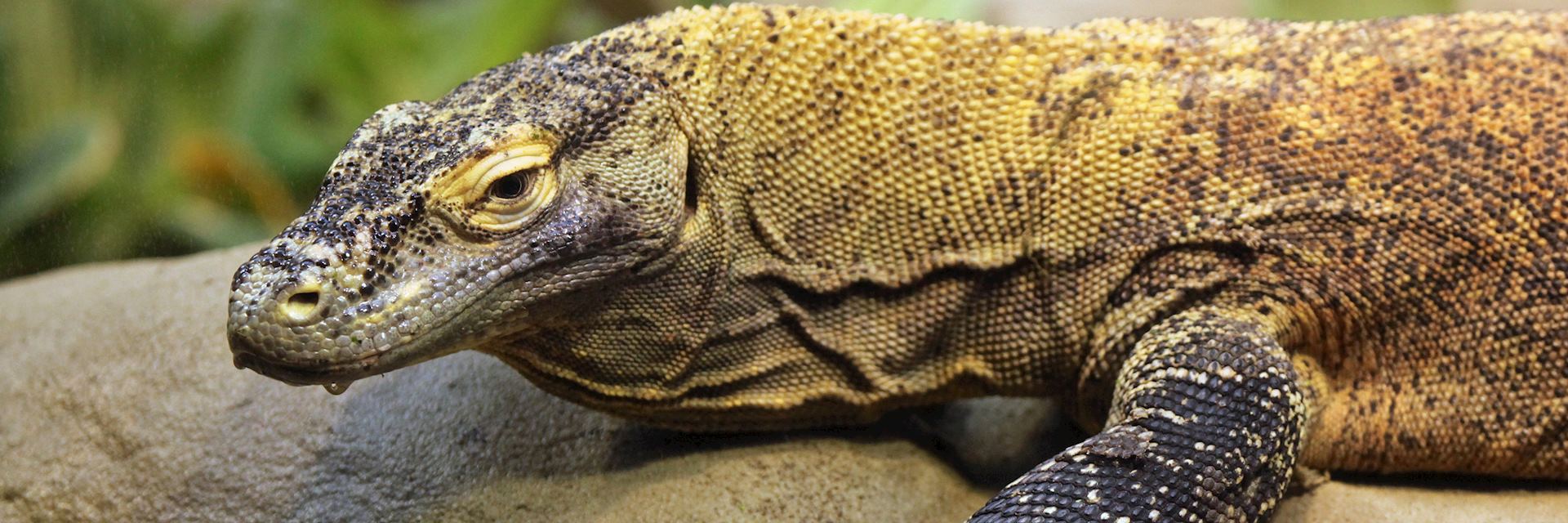Just because in some cases they have been around for millions of years doesn't mean you'll have seen them. In fact, our list of the world's more unusual animals includes some which are definitely not easy to see, such as the virtually motionless sloth. See which animals made our list.
-
![Tarsier, Bohol]()
Tarsier, The Philippines
Read more about The Philippines -
![Tasmanian devil, Devils@Cradle, Tasmania]()
Tasmanian devil, Australia
Read more about the wildlife of Australia -
![Kiwi]()
Kiwi, New Zealand
Read more about New Zealand -
![Komodo Dragon]()
Komodo dragon, Indonesia
Read more about Komodo Island -
![Fossa, Madagascar]()
Fossa, Madagascar
Read more about Madagascar -
![Musk Oxen in the Arctic]()
Musk oxen, Arctic
Read more about the Arctic -
![Pangolin]()
Pangolin, Botswana
Read more about Botswana -
![Sloth]()
Sloth, Costa Rica
Read more about Costa Rica -
![Capybara, Los Llanos]()
Capybara, Brazil
Read more about Brazil -
![Frilled Neck Lizard, Kakadu National Park]()
Frilled neck lizard, Australia
Read more about the wildlife of Australia
Was this useful?














